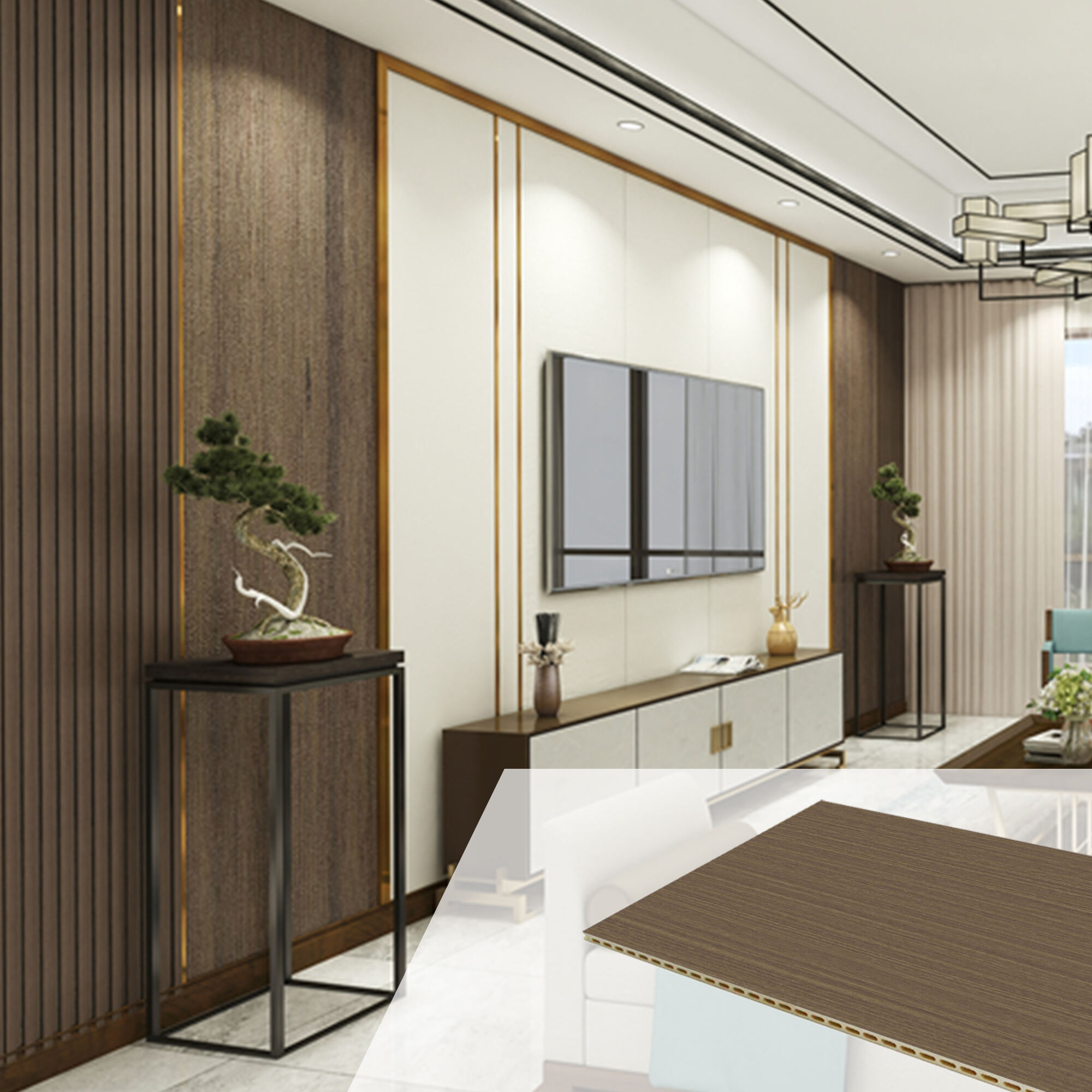Understanding the Science Behind Modern Wall Insulation Solutions
The evolution of building materials has revolutionized how we approach interior comfort and energy efficiency. Wall panels have emerged as a leading solution for both thermal and acoustic insulation, transforming ordinary spaces into comfortable, energy-efficient environments. These versatile building components combine sophisticated engineering with practical functionality to address multiple insulation challenges simultaneously.
Modern wall panels incorporate advanced materials and design principles that work together to create an effective barrier against temperature fluctuations and unwanted sound transmission. By understanding how these systems function, property owners can make informed decisions about their insulation needs and maximize the benefits of their investment in building improvements.
Thermal Insulation Properties of Wall Panels
Material Composition and Heat Transfer Prevention
Wall panels designed for thermal insulation typically feature multiple layers of specialized materials. The core often consists of high-density foam or mineral wool, surrounded by protective outer layers. This layered construction creates dead air spaces that significantly reduce heat transfer through conduction and convection. The thermal resistance, or R-value, of wall panels can be customized based on specific climate requirements and building codes.
Advanced wall panels may also incorporate reflective barriers that work to minimize radiant heat transfer. These materials reflect thermal energy back to its source, whether that's the warm interior during winter or the hot exterior during summer months. This multi-faceted approach to thermal regulation makes wall panels particularly effective in maintaining consistent indoor temperatures.
Energy Efficiency Benefits
The installation of high-quality wall panels can lead to substantial reductions in energy consumption. By minimizing heat loss in winter and heat gain in summer, these panels reduce the workload on HVAC systems. Property owners often report energy savings of 20-30% after installing modern wall panels, making them a cost-effective long-term investment.
Beyond immediate energy savings, wall panels contribute to a building's overall sustainability profile. The reduced energy demand leads to lower carbon emissions and helps properties meet increasingly stringent environmental regulations. This aspect is particularly valuable for commercial buildings seeking green building certifications or residential properties aiming to minimize their environmental impact.
Acoustic Insulation Capabilities
Sound Wave Management Technology
Wall panels excel in acoustic insulation through their ability to absorb, deflect, and dampen sound waves. The dense core materials used in wall panels help to convert sound energy into minimal heat energy through friction. This process effectively reduces the transmission of airborne noise between spaces. The panels' surface texture and design can be optimized to provide additional sound diffusion properties.
Modern acoustic wall panels often incorporate specialized features such as micro-perforations or resonant chambers that target specific frequency ranges. This selective approach allows for customized solutions that address particular noise concerns, whether they're low-frequency machinery vibrations or high-frequency speech sounds.
Performance in Different Environments
The acoustic performance of wall panels varies depending on their application environment. In office settings, wall panels can reduce sound transmission between conference rooms and open work areas, improving privacy and concentration. In residential settings, they excel at minimizing noise from adjacent units or external sources, creating more peaceful living spaces.
Professional installations can achieve sound transmission class (STC) ratings exceeding 50, which effectively blocks most common noise sources. This level of performance makes wall panels ideal for recording studios, educational facilities, and healthcare environments where sound control is crucial for functionality and comfort.
Installation and Integration Considerations
Professional Installation Requirements
While wall panels offer exceptional insulation properties, their performance heavily depends on proper installation. Professional installers must carefully address joints, seams, and penetrations to maintain the continuous insulation barrier. They use specialized techniques and materials to ensure panels are properly secured and sealed, preventing thermal bridges and acoustic leaks.
The installation process also includes careful consideration of existing building systems, such as electrical outlets, HVAC vents, and plumbing. Proper integration with these elements is essential for maintaining both insulation effectiveness and building safety standards. Experienced installers will create detailed plans to address these interface points before beginning the installation.
Maintenance and Longevity
Quality wall panels are designed for long-term performance with minimal maintenance requirements. Regular visual inspections can identify any potential issues before they affect insulation performance. Most panels can be cleaned with standard methods, and damaged sections can often be replaced individually without disturbing the entire installation.
The durability of modern wall panels typically ensures a service life of 20-30 years or more when properly maintained. This long-term reliability makes them a cost-effective choice for both new construction and renovation projects, particularly when considering the ongoing energy savings and comfort benefits they provide.
Frequently Asked Questions
What thickness of wall panels provides optimal insulation?
The optimal thickness depends on specific insulation requirements and local building codes. Generally, panels ranging from 2 to 6 inches thick provide excellent thermal and acoustic performance. However, factors such as climate zone, building type, and specific insulation goals should guide the final selection.
Can wall panels be installed over existing walls?
Yes, wall panels can be installed over existing walls in most cases. This retrofit application requires proper assessment of the existing wall condition and may need additional preparation work. The installation method must ensure proper attachment and address any moisture or ventilation concerns.
How do wall panels compare to traditional insulation methods?
Wall panels typically offer superior performance compared to traditional insulation methods due to their engineered construction and integrated approach to both thermal and acoustic insulation. They often provide better consistency in performance, easier installation, and improved moisture management, though they may have a higher initial cost.

